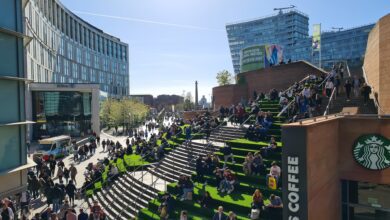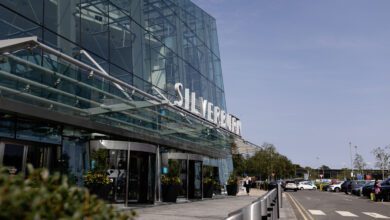Footfall slows to +6.8% in September
Springboard added that high streets are not only facing the challenge of inflation, but hybrid working is also impacting the recovery of footfall

UK footfall slowed for the third consecutive month and now sits just 6.8% compared with the same period in 202, as the rising cost of living cuts consumer visits according to the latest data from Springboard.







